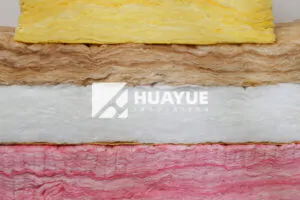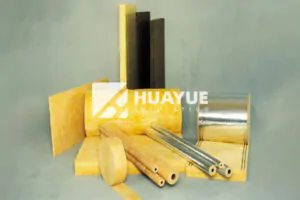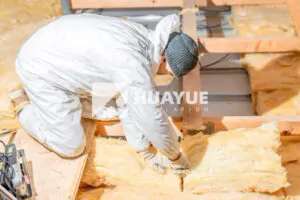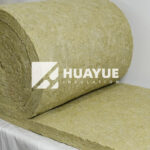Will Fiberglass Insulation Grow Mold?
Sometimes, it’s not just about how well an insulation works. Worrying about mold can keep anyone up at night, especially when protecting big investments like industrial tanks.
Fiberglass insulation cannot support mold growth on its own because it does not provide food for mold. Mold will only grow if fiberglass gets contaminated with dust, dirt, or gets wet and stays damp.

When you choose insulation, you want peace of mind all year. There are a few things to know about fiberglass and mold. If you oversee safety and maintenance, this topic can affect everyone from the project team to the finance department. Even though fiberglass is often called "mold-proof," life is rarely that simple. Keep reading to see the real risks, and what you can do about them.
Can mold live in fiberglass insulation?
Mold worries people who manage industrial systems with insulation anywhere moisture could linger, especially around tanks and pipes.
Mold cannot thrive in clean, dry fiberglass insulation. This material itself is not an organic food source for fungi. However, if fiberglass insulation becomes dirty with dust or organic debris, or if moisture enters and stays, mold can start to grow.

If I have learned anything, it’s that insulation often gets blamed for mold when the real problem is moisture and cleanliness. Let me break it down:
What makes fiberglass insulation vulnerable to mold?
| Factor | Explanation | What you should watch for |
|---|---|---|
| Moisture | Water lets mold spores settle and grow in almost anything, even on non-food surfaces like glass. | Watch for leaks in tank seams, failing vapor barriers, or exterior condensation. |
| Dirt or Dust | When dust settles on insulation, it brings organics, which can feed mold. | After maintenance or retrofits, make sure insulation stays clean. |
| High Humidity | Humidity over 70% can tip the balance. | Monitor crawl spaces or tank rooms with poor airflow. |
This means fiberglass itself is safe—until water and dirt come in. That is when you need to act fast. Mold feeds on things mixed into or caught on the fibers, not the glass itself. That is why a regular check for cleanliness and dryness makes all the difference.
What is the biggest problem with fiberglass insulation?
Even though we choose insulation for its performance, sometimes it comes with headaches most people do not see coming.
The biggest problem with fiberglass insulation is that it can trap and hold moisture if it is not sealed properly or if the vapor barrier is damaged, which can lead to reduced performance and foster mold growth.
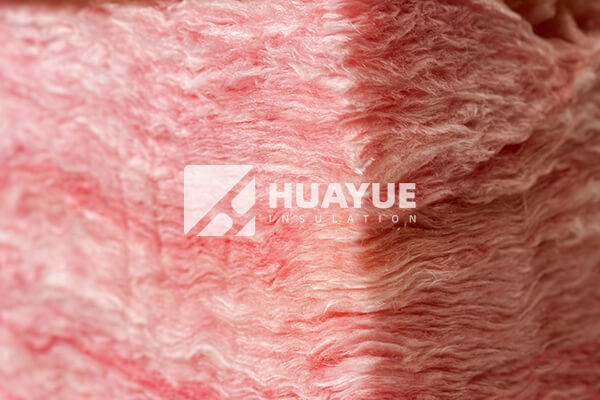
I have seen maintenance teams chase mysterious “odors” or insulation failures for weeks. Many times, the problem is moisture getting past a damaged jacket or vapor barrier, especially on tanks exposed to moisture in humid parts of the plant.
Why does fiberglass lose its edge?
| Problem | How it shows up | What happens next |
|---|---|---|
| Compromised Vapor Barrier | Tears or failed seams let moist air contact fibers. | Insulation absorbs water, loses R-value, becomes heavy. |
| Compression or Settling | Insulation gets squished during installation or over time. | Gaps form, so cold spots or heat leaks appear. |
| Surface Contaminants | Grease, dust, or oil cling to fibers. | These encourage mold if moisture arrives. |
Everyone expects insulation to last for years, but once you get moisture inside, the trouble snowballs: lost efficiency, higher energy bills, and possible mold. This is why it is so important to check barriers and seams and watch for leaks after working nearby.
How long does it take for mold to grow on insulation?
People wonder if mold takes years, or only a few days, to get going if insulation is wet and dirty.
If fiberglass insulation is wet and exposed to organic material, mold can start growing in as little as 24 to 48 hours. Quick drying and cleaning are key to preventing long-term issues.
Mold spores are everywhere. The real enemy is time and moisture. Here’s what happens if you miss something in your maintenance schedule:
Mold growth timeline on insulation
| Condition | Mold risk time frame | What you can do |
|---|---|---|
| Dry & Clean | No practical risk | No need to worry |
| Wet but Clean | Low risk at first, but grows after 48+ hours | Dry insulation within 1-2 days |
| Wet & Contaminated | Mold can start in 24–48 hours | Remove and replace contaminated sections quickly |
If there’s ever a spill or leak, be aggressive. Remove wet insulation at once, clean the area, and get it dry. That is faster and less costly than letting mold get established.
What is the best insulation to prevent mold?
Many want insulation that does not just “resist” mold but basically rebuffs it, even in harsh conditions. Is fiberglass the best, or can you get even better peace of mind?
The best insulation materials to prevent mold are closed-cell types like foam glass. These do not absorb moisture, have no organic content, and provide a complete barrier against both water and spores.
If I were designing a system for tanks holding sensitive materials or with heavy condensation risk, I would look at these key differences:
Mold resistance of common insulation types
| Material | Water Absorption | Mold Resistance | Extra Benefits |
|---|---|---|---|
| Fiberglass | Can absorb water if barrier fails | Very good, but needs protection | Widely available, low cost |
| Rock Wool | Slightly water repellent, but not waterproof | Good, but can retain moisture if water gets in | Good for high-temp use |
| Rubber Foam (NBR/PVC) | Closed cell, blocks water | Excellent | Flexible, easy to install |
| Foam Glass | Closed cell, absolutely water and vapor tight | Outstanding | Handles severe environments, lasts decades |
Foam glass stands out for tanks and pipes in risk-prone or outdoor settings. Its closed cell structure means no leaks and no food for mold. It helps meet today’s stricter safety codes, reduces ongoing maintenance, and keeps CUI risk close to zero over the long haul.
Conclusion
Fiberglass insulation does not grow mold when kept clean and dry, but water and dirt change the picture. Consider closed-cell options for the highest safety and lowest risk of mold.
You may also be interested in:
Ready to Get Started?
Get in touch with our experts for personalized solutions tailored to your needs.
Get Free QuoteLatest Articles

Can fiberglass insulation have asbestos?
Dec 5, 2025
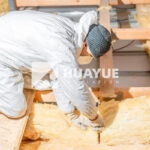
What is Glass Wool Used For?
Dec 3, 2025
Let's Work Together
Ready to take your business to the next level? Get in touch with our team of experts and let's discuss how we can help you achieve your goals.
Get Free Solutions
